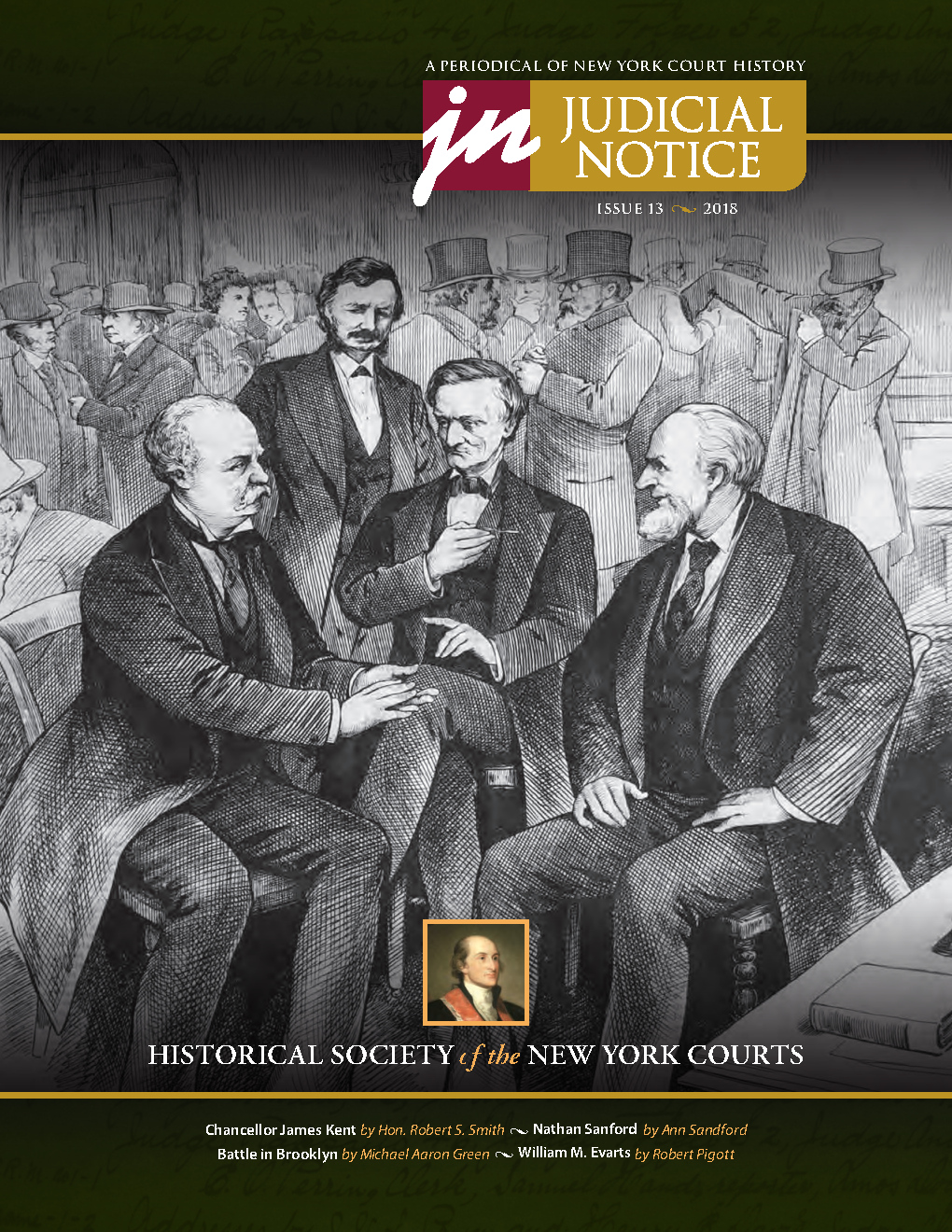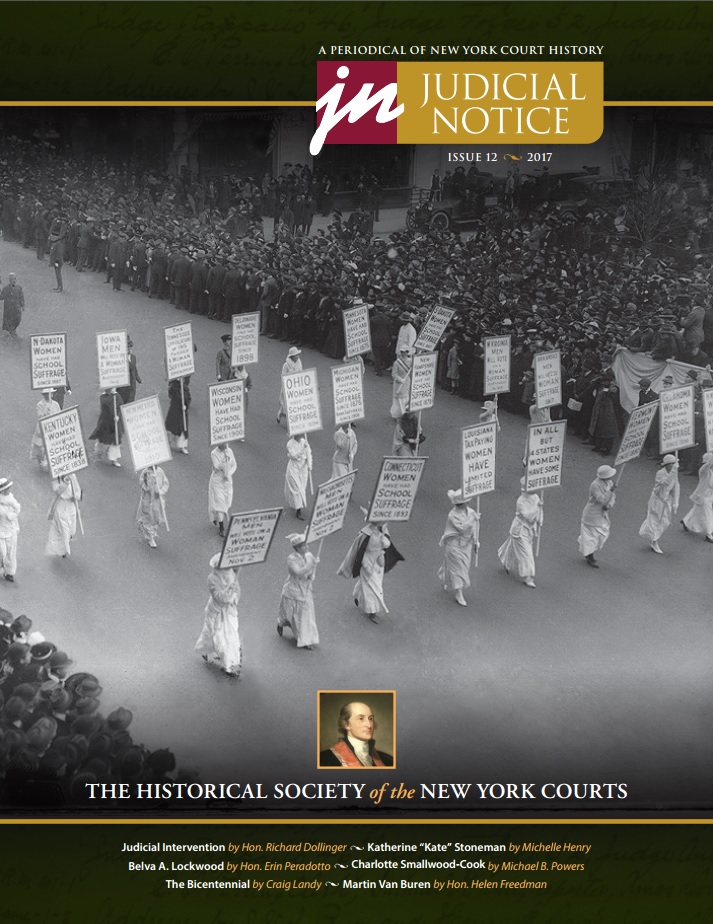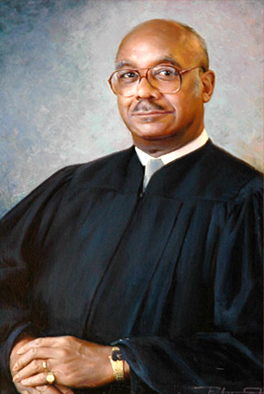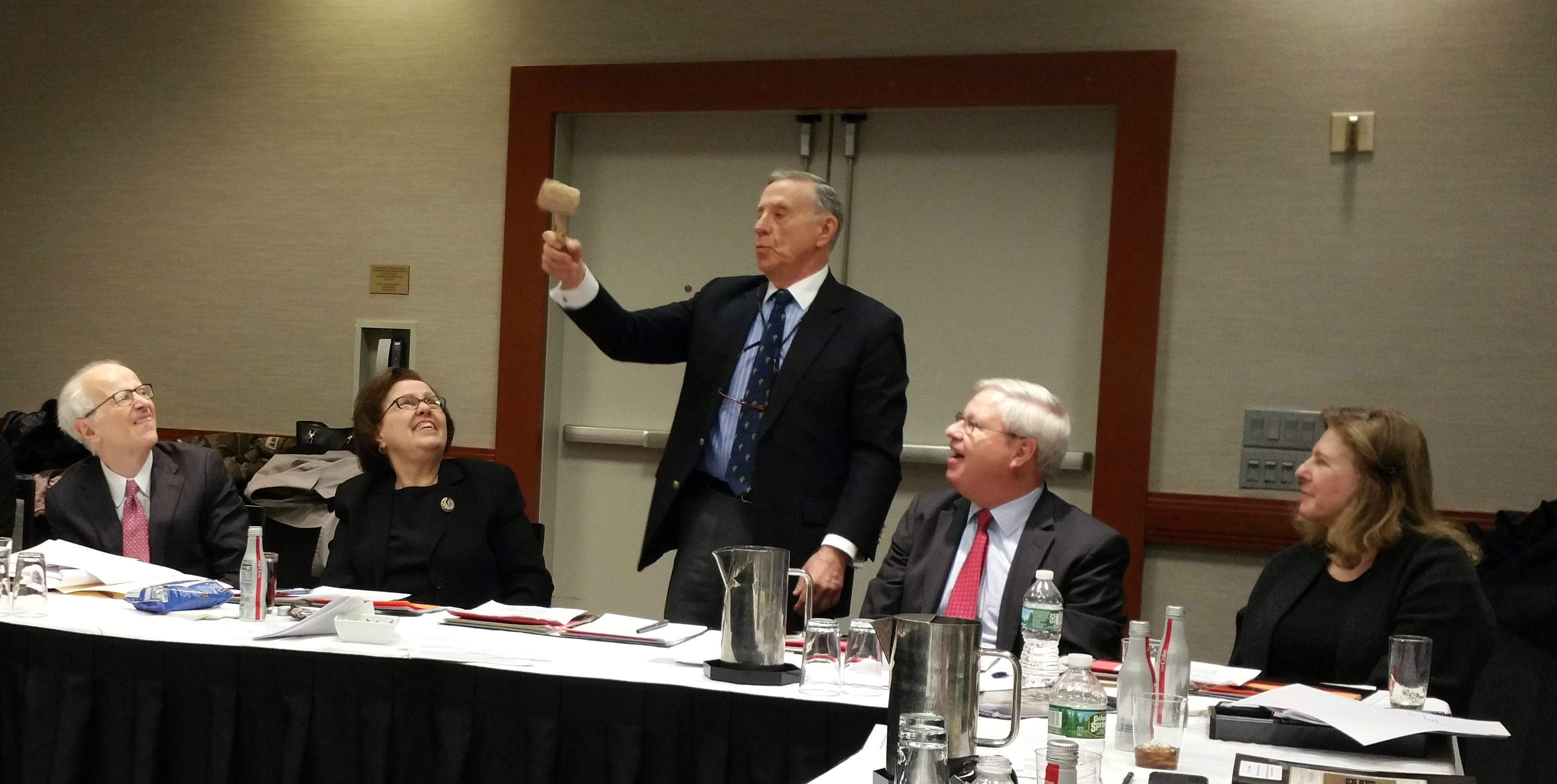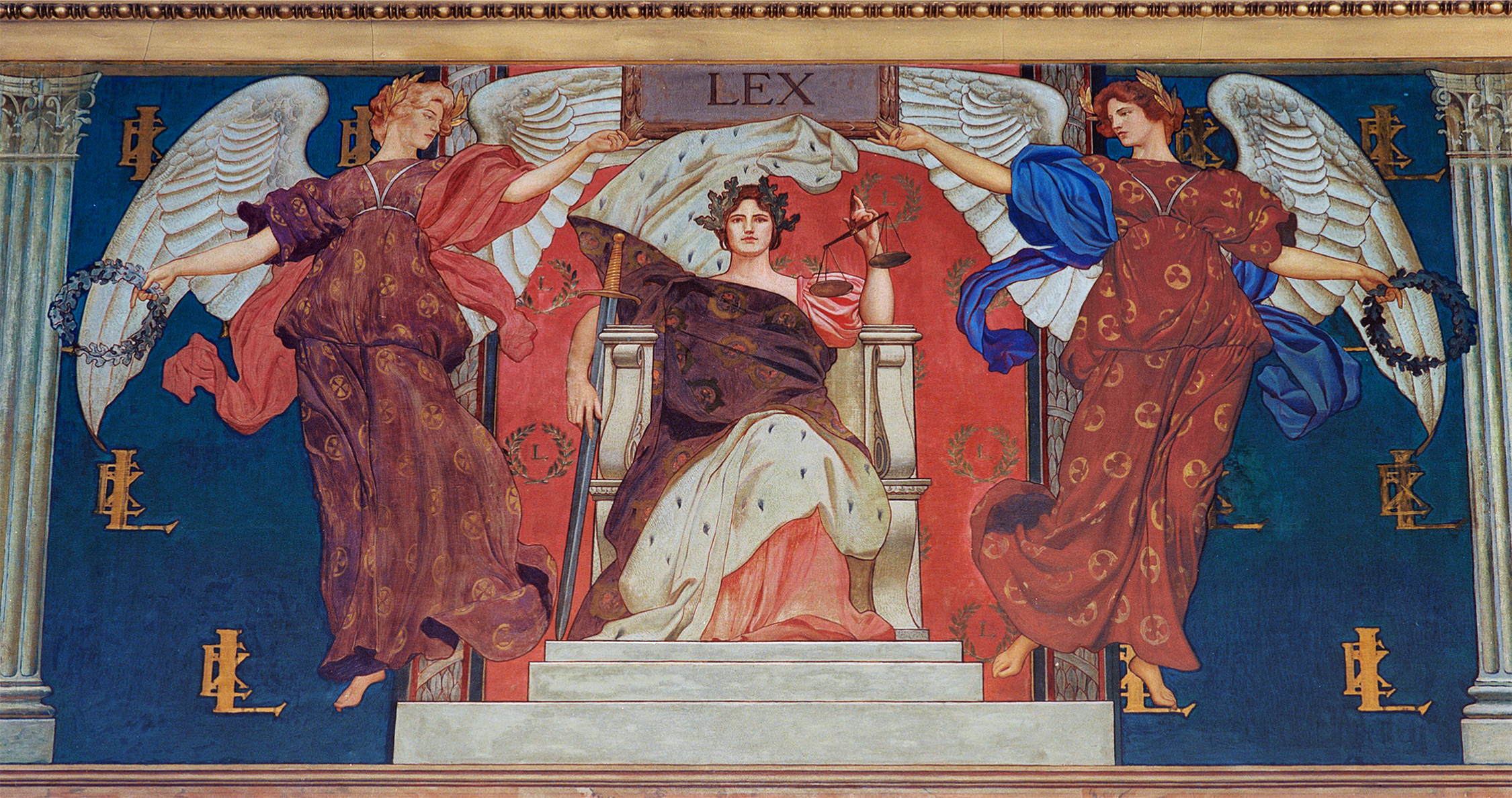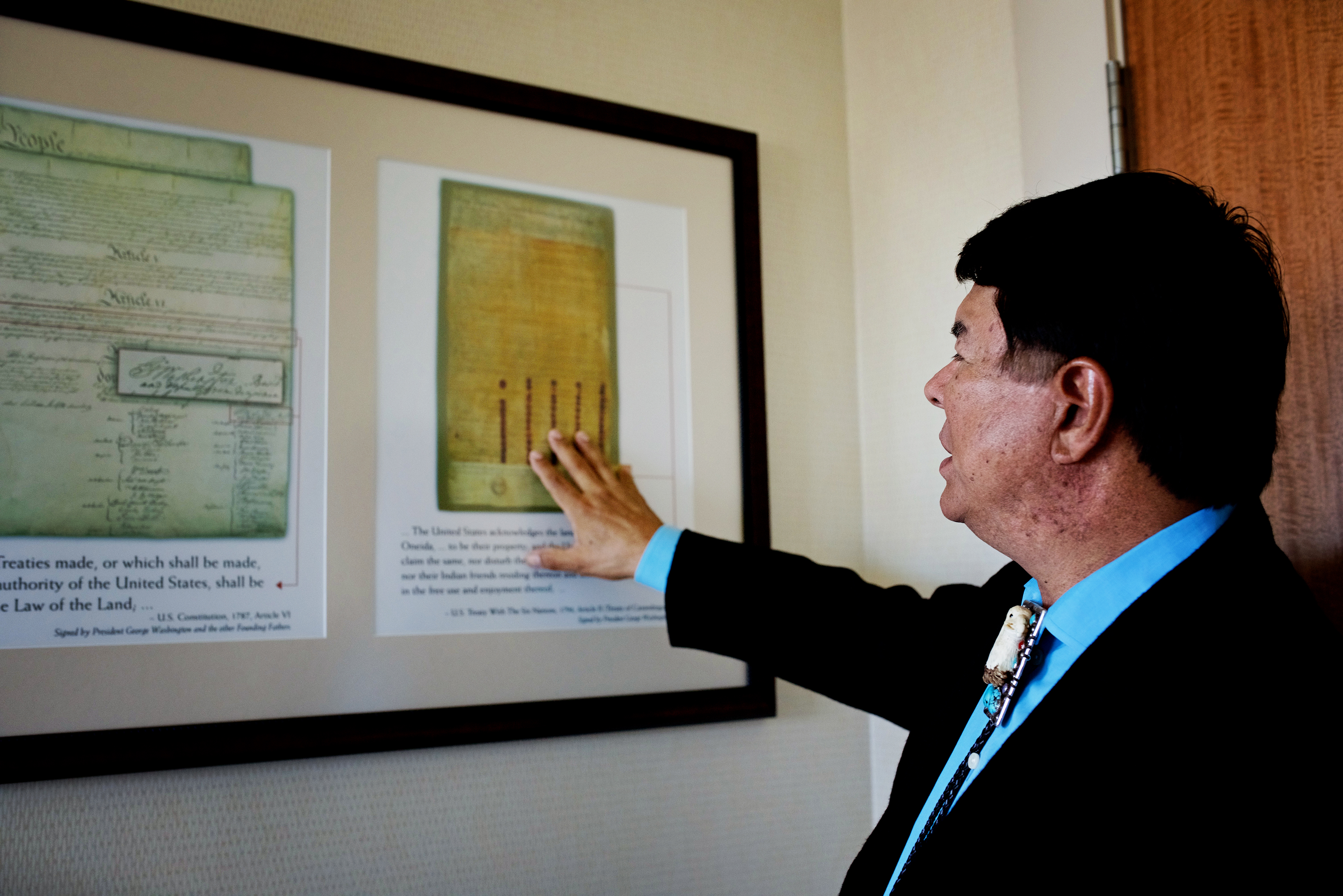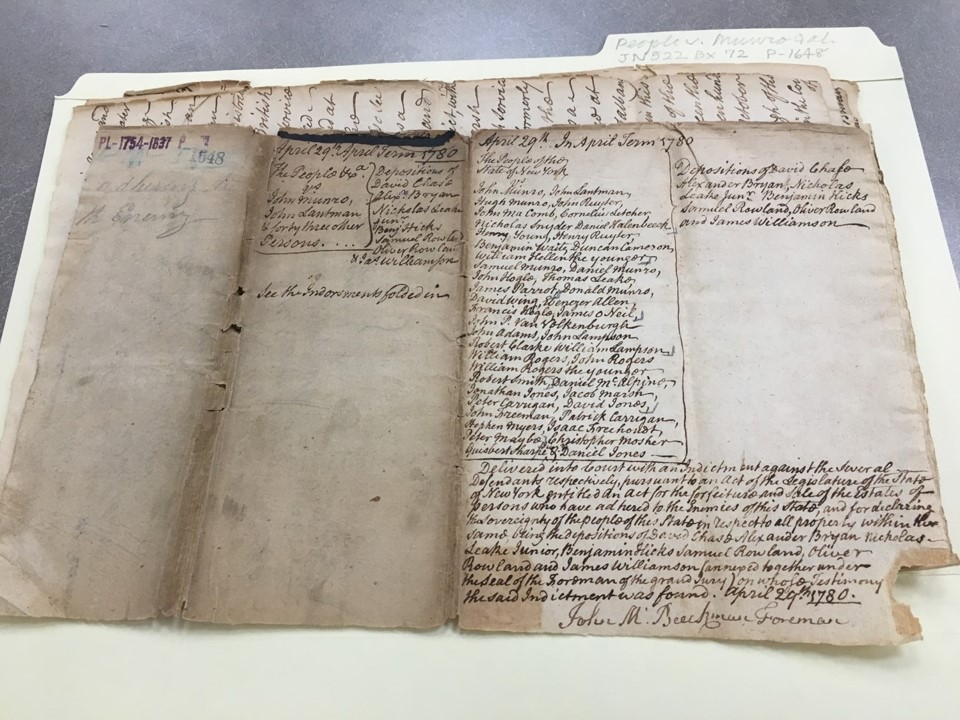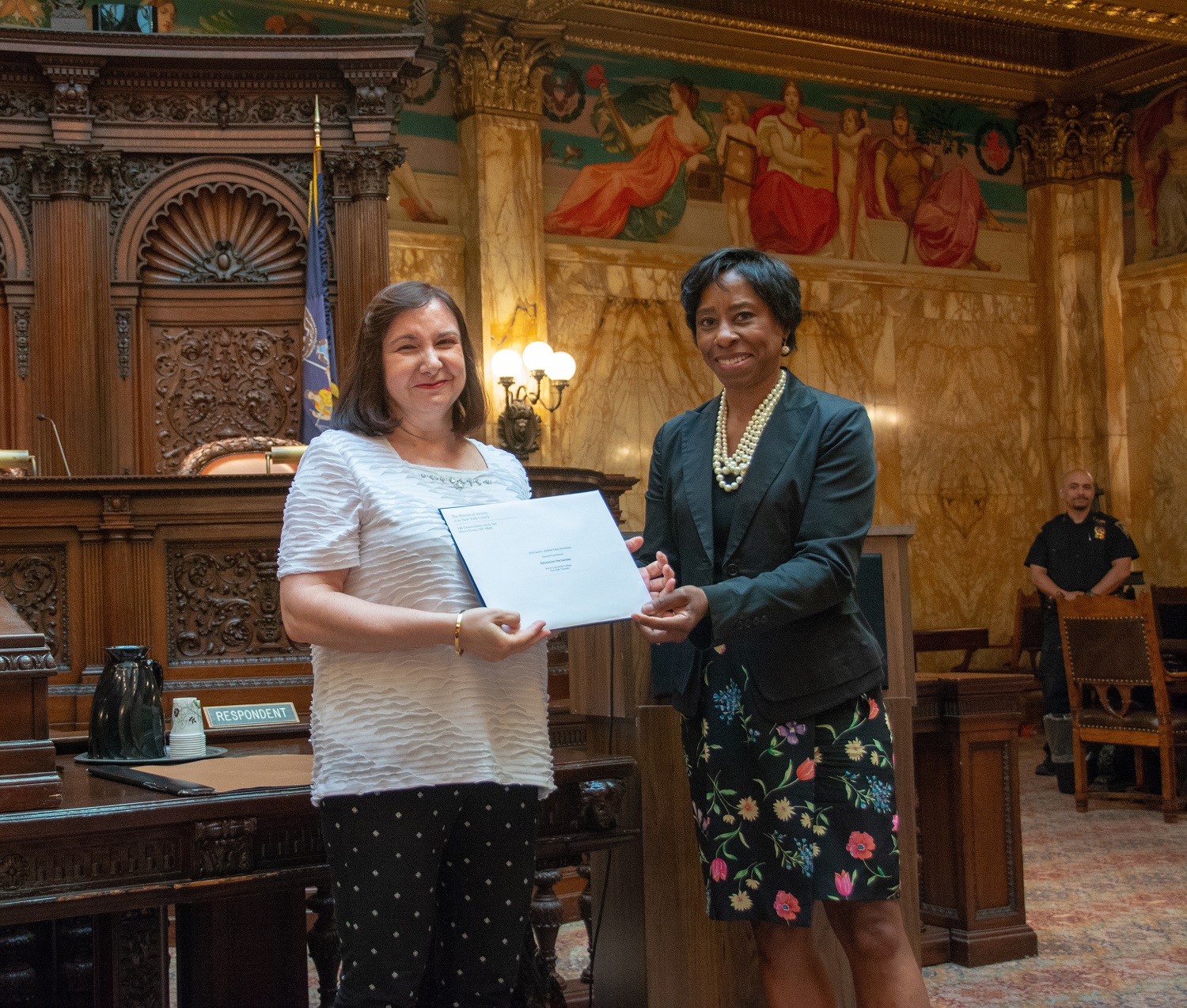This article was written by Dr. James D. Folts, head of Researcher Services at the New York State Archives. In his last blog post, Dr. Folts described the move of court records to the State Archives in Albany as well as how this move has facilitated a growth in interest from researchers. In this second half, Dr. Folts describes the condition of records when they were received, and what steps are being taken to ensure preservation and public access of the documents into the future.
Photo: Supreme Court of Judicature, People vs. John Munro and 44 others, indictment for treason, April 1780. [NYSA JN522-17 file P-1648]
This mass indictment contains witness depositions accusing Munro and others, residents of rural Albany County, of being “enemies of this state.” During Gen. John Burgoyne’s invasion of northern New York in 1777, they either served in the British army or supplied it with goods and services. Supreme Court minutes indicate that all the defendants were convicted in absentia, without jury trial, six months later. The multi-page document is soiled and damaged. This indictment and many others will be conserved with the support of the “Save America’s Treasures” grant.
Preservation Needs
Records of the pre-1847 trial courts in the State Archives are now stored in a climate-controlled, secure storage facility and are available for research. Many of them are in poor physical condition. The paper documents have high rag content, making them initially very durable. Documents stored upstate generally remain intact and quite flexible. But paper records formerly maintained in New York City and transferred to Albany in 2017 are often breaking up at the folds and edges. Atmospheric pollutants and temperature oscillations accelerated chemical reactions, causing severe embrittlement of paper and requiring that the records be handled with great care. (The many parchment documents are generally in good condition except for scattered vermin damage.) Microfilm reproductions are available for some of the court records and are used whenever possible to avoid risking damage to fragile originals.
The preservation and access needs of the historic court records have long been recognized. The New York County Clerk’s Office had the early court minute books rehoused by a conservator, and Unified Court System staff inventoried and boxed all the records transferred to the State Archives in 2017. Since then the New York State Archives and the Archives Partnership Trust have obtained important grant support for the preservation and digitization of selected records:
New York DAR Conservation Grant
The New York organization of the Daughters of the American Revolution has taken great interest in the state’s historic court records from the Revolutionary War period. A $10,000 grant has defrayed costs of re-boxing the extremely fragile minute books of the Supreme Court of Judicature and digitizing those books. The digital reproductions will be available through the State Archives’ online “Digital Collections.” Examples of Supreme Court filed documents from the Revolutionary period have been digitized and will be displayed on the State Archives’ web site with interpretive text.
“Save America’s Treasures” Conservation Grant
New York Supreme Court minutes, criminal case papers, and other documents from the Revolutionary era will be conserved with a “Save America’s Treasures” grant from the National Park Service [See news release at https://www.imls.gov/news-events/news-releases/48-million-grants-go-save-americas-treasures]. On September 21, 2018, the National Park Service announced grants for 16 projects in 12 states, including a $125,760 grant to the New York State Archives Partnership Trust for conservation of historical court records and other important documents of the Revolutionary War.
Continue reading

